Let's talk team up today with a very important aspect to the padel : know how to move together for cover a maximum ofspace on runway.
Let's focus on the trips to adopt not when you play but on the contrary, when you do not play. The idea is actually to accompany your partner so that you do not find yourself in an uncomfortable situation the next shot, but on the contrary so that you are ready to counter or finish the point.
The tactical basis
This is certainly the basis for being able to accompany your partner. If he plays as he sees fit, with no correct and tactically clean play orientation, no matter how much you try to accompany him, you will be on the wrong side most of the time. So first of all, play them correct areas which will allow you to avoid putting your team in difficulty. But that's another subject.
At the bottom of the track
First let's talk width. Tell yourself that the space between you and your partner should always be the same. So if it is close to the side window, you will have to get closer to the T. Conversely if it is closer to the T, you will go more towards the side window.
What happens if your partner has to defend close to the back window or in the corner? If you also step back, you allow opponents to play a wide variety of shots: the cushioning, the powerful volley or the smash, balls to the grid, in short, balls that will be far from the back glass. So as a good partner you will need to be ready by stepping slightly in front of the service line. You are therefore no longer at the same height as your partner but in front of him.
The climbs to the net
They can be done after a lob, after being put under pressure following a forehand or a backhand, but also and above all, after leaving the window. You must accompany your partner by giving him a head start. That is to say that he is the one who launches the counter-attack, so he is in front and you accompany him to put the pressure on, but also to return to defend if necessary. Logic would dictate that the first volley goes to your partner because he thought of his rise for him, so you are a support so that he does not find himself alone with an uncomfortable first shot to play at the net.
Returns to the bottom
We will mainly talk about lob. After your opponents lob your partner, you can't stand still at the net because you don't know what shot he's going to make. A lob, a bajada, a simple window exit... and above all you don't know if his intentions are to return to the net or not. So accompany him, but up to the line, so you can communicate to him the position of the opponents, go back to defense if necessary, and accompany him forward if he decides to put the pressure back on.
The volleys
We will speak here only of lateral movements because the accompaniment towards the net or the movement slightly behind the net will be done rather individually.
The first thing would be, as in defense, to fill the free space by getting closer to the center when your partner has to play a ball by stretching close to the glass.
The second thing would be to place yourself according to the zone where your partner is playing. Ball in the center, don't worry, if he plays along the line, you will come to cover the center, and if he plays in his diagonal, you will cover along the line.
This is why beginner players are asked to play simple zones, often diagonally or in the center, to avoid the opening of the track because of a partner who does not follow.
Moving in pairs is very important both in defense and in attack to organize the point well. The more the speed of play and the level of play increase, the more you must improve your vision, your placements, to best support your partner. Remember that we are not all high level players and that opening the track, both in attack and in defense, can have serious consequences if our partner does not follow us. Let's go!
Julien Bondia is a teacher of padel in Tenerife (Spain). Columnist and advisor, he helps you play better through his tutorials and tactical/technical articles padel.




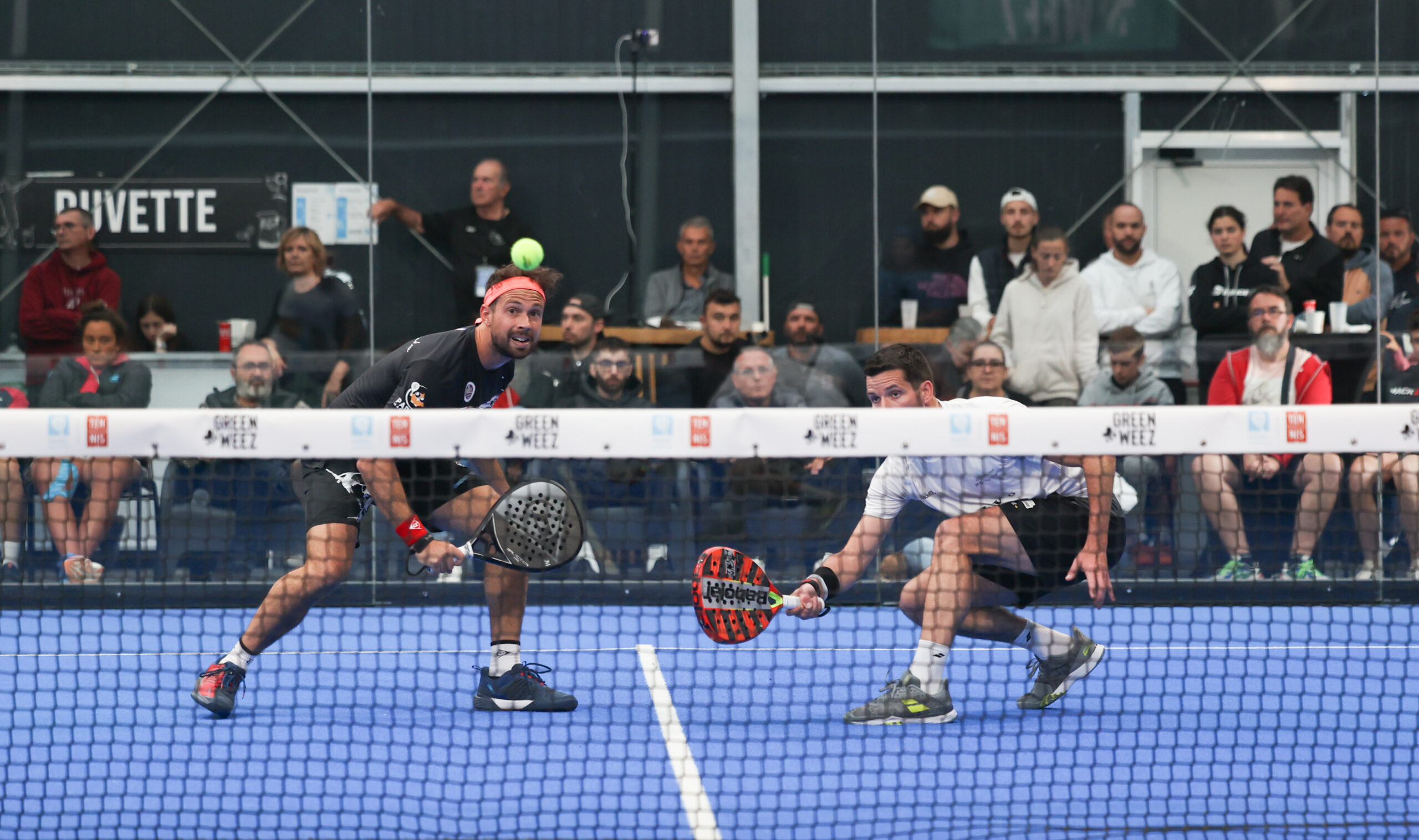
































































































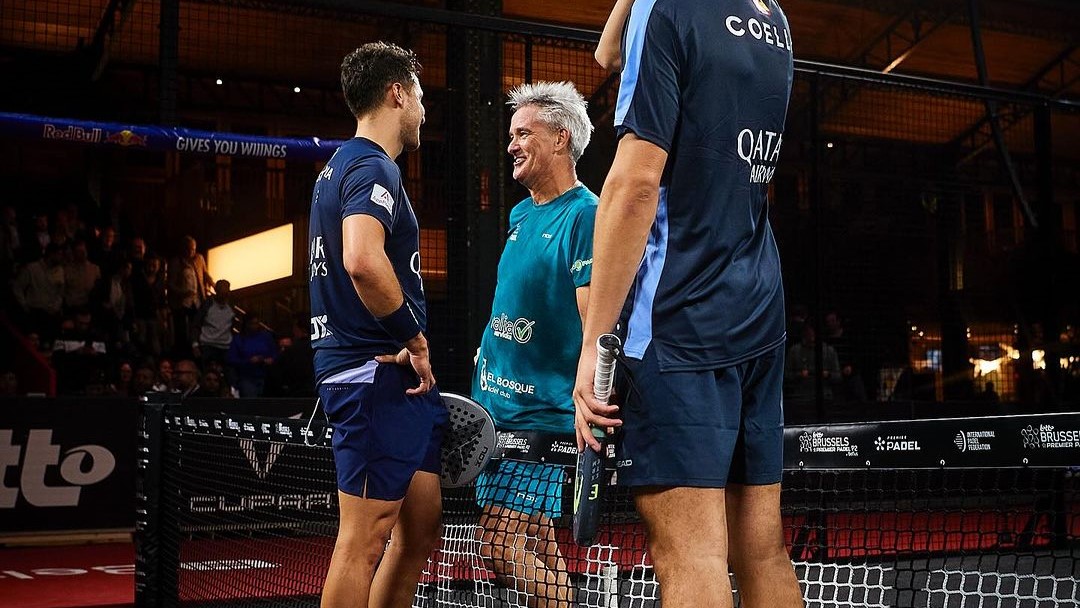 Agustin Tapia salutes the longevity of Miguel Lamperti
Agustin Tapia salutes the longevity of Miguel Lamperti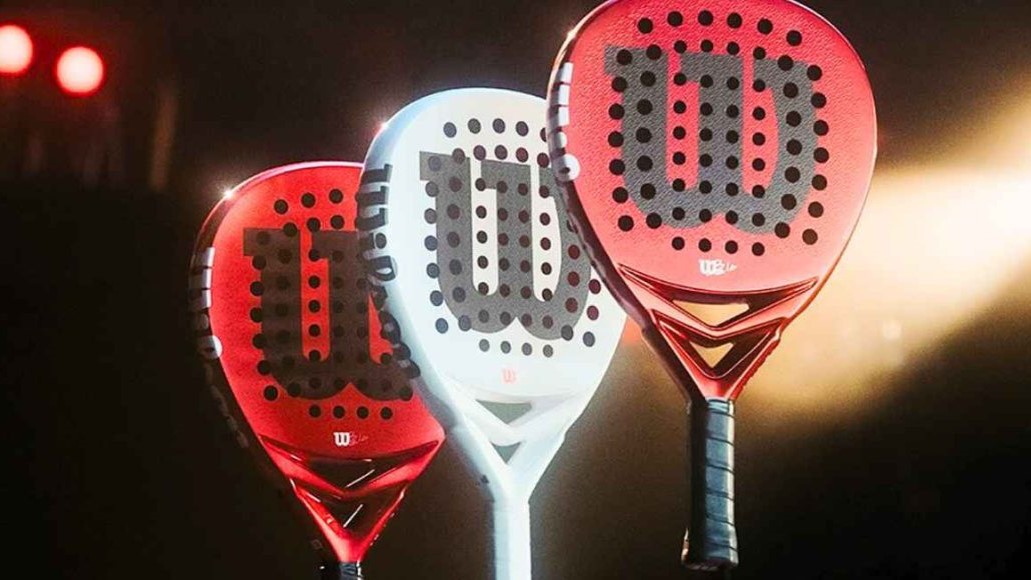 Presentation of the Wilson Bela V2.5 collection
Presentation of the Wilson Bela V2.5 collection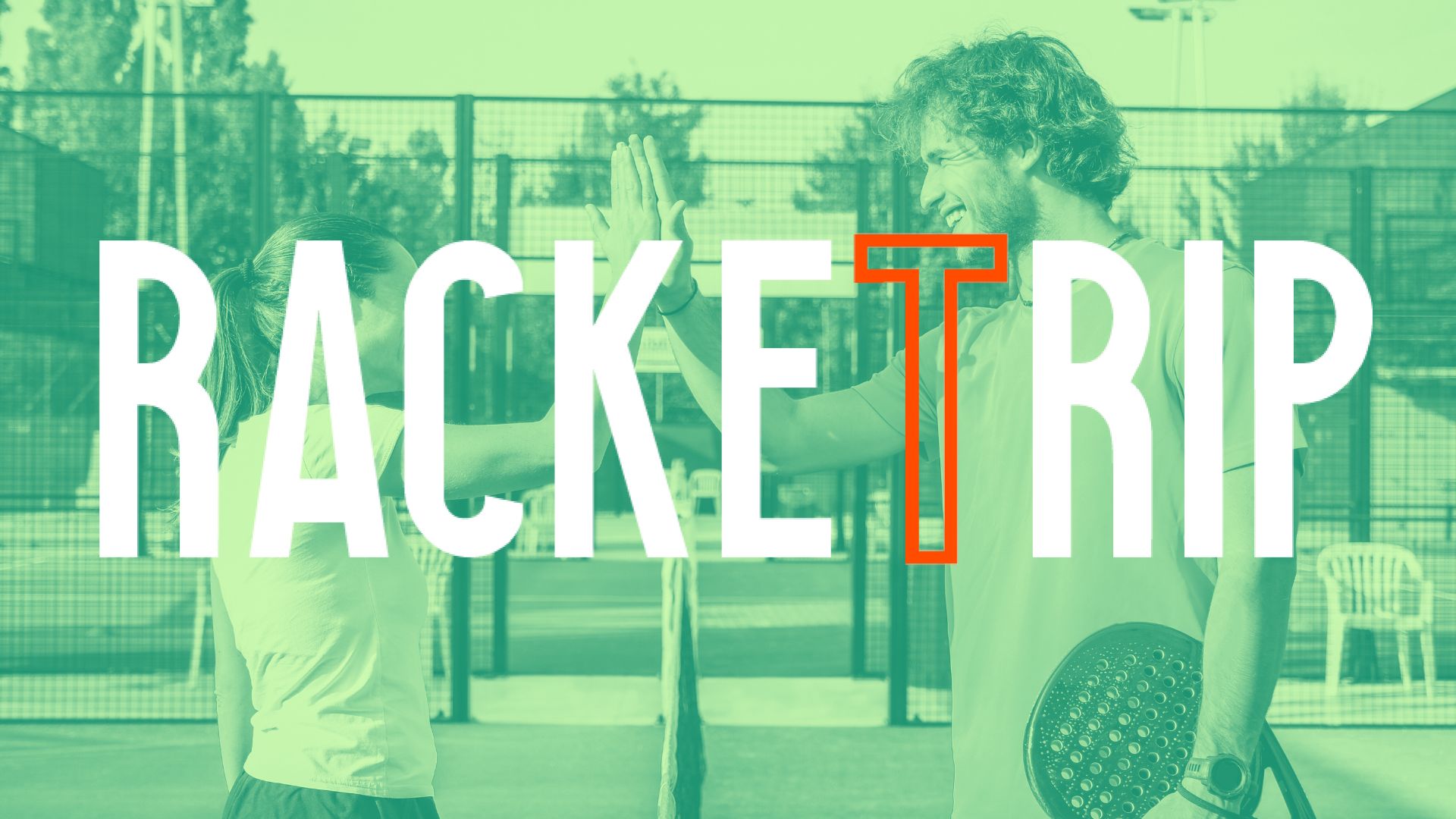 The LinkedIn of racquet sports: Racket Trip
The LinkedIn of racquet sports: Racket Trip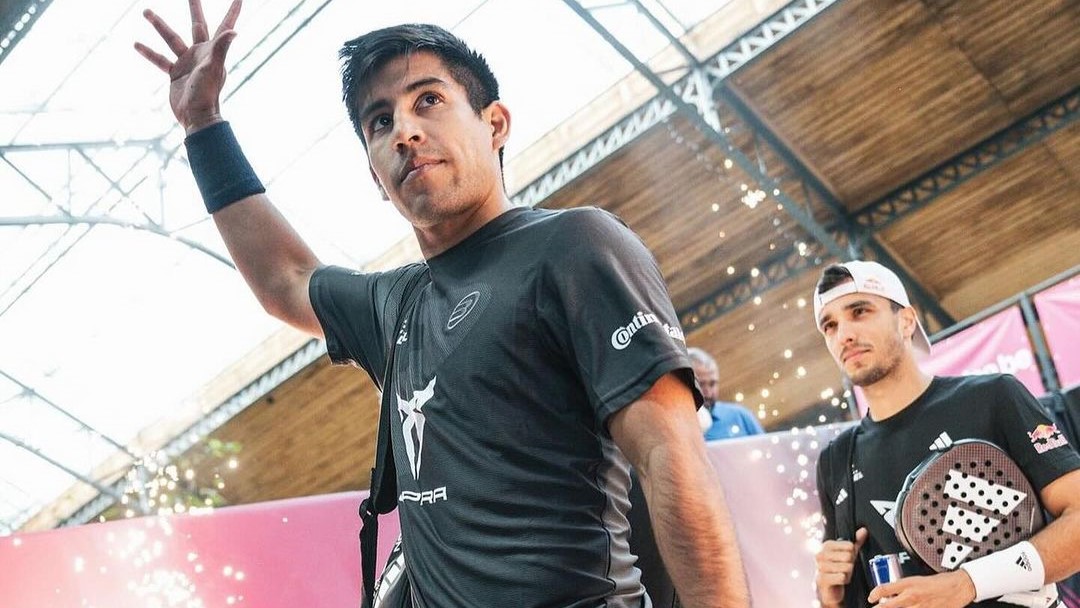 Premier Padel Brussels P2 – “Chingalan” on the way to its second final
Premier Padel Brussels P2 – “Chingalan” on the way to its second final Guillaume Codron de Sud Padel : “A family project”
Guillaume Codron de Sud Padel : “A family project” Nallé Grinda: “Democratize the padel in the USA with PadelX "
Nallé Grinda: “Democratize the padel in the USA with PadelX " Simon Boissé: “We know that there are two nations in front of us”
Simon Boissé: “We know that there are two nations in front of us” Marie Maligo: “This period of frequent changes of partners was beneficial for me”
Marie Maligo: “This period of frequent changes of partners was beneficial for me” The All Star Tour returns on May 16 at the All In in Lyon
The All Star Tour returns on May 16 at the All In in Lyon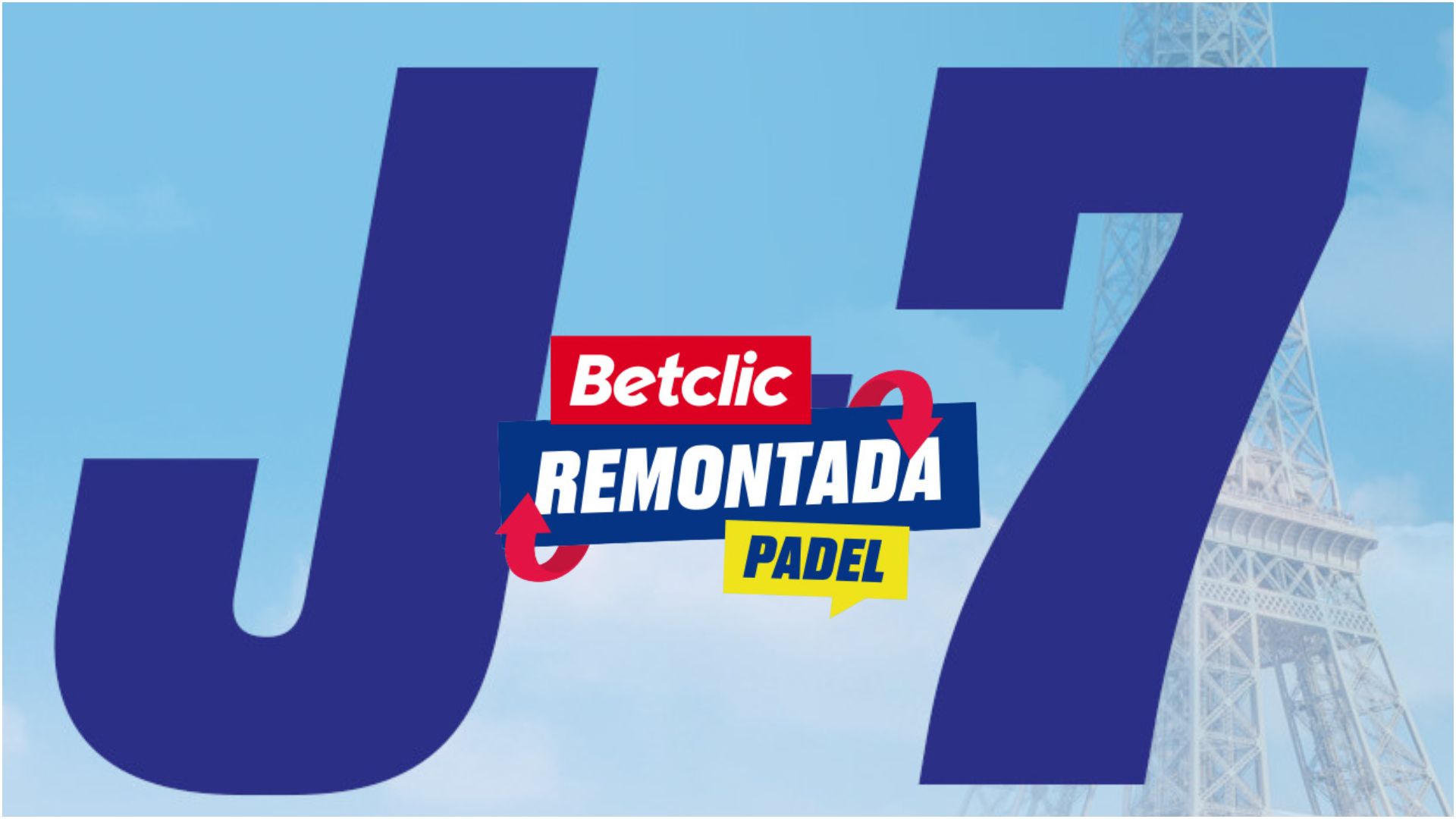 D-7 of the “BetClic Remontada Padel”, at the foot of the Eiffel Tower
D-7 of the “BetClic Remontada Padel”, at the foot of the Eiffel Tower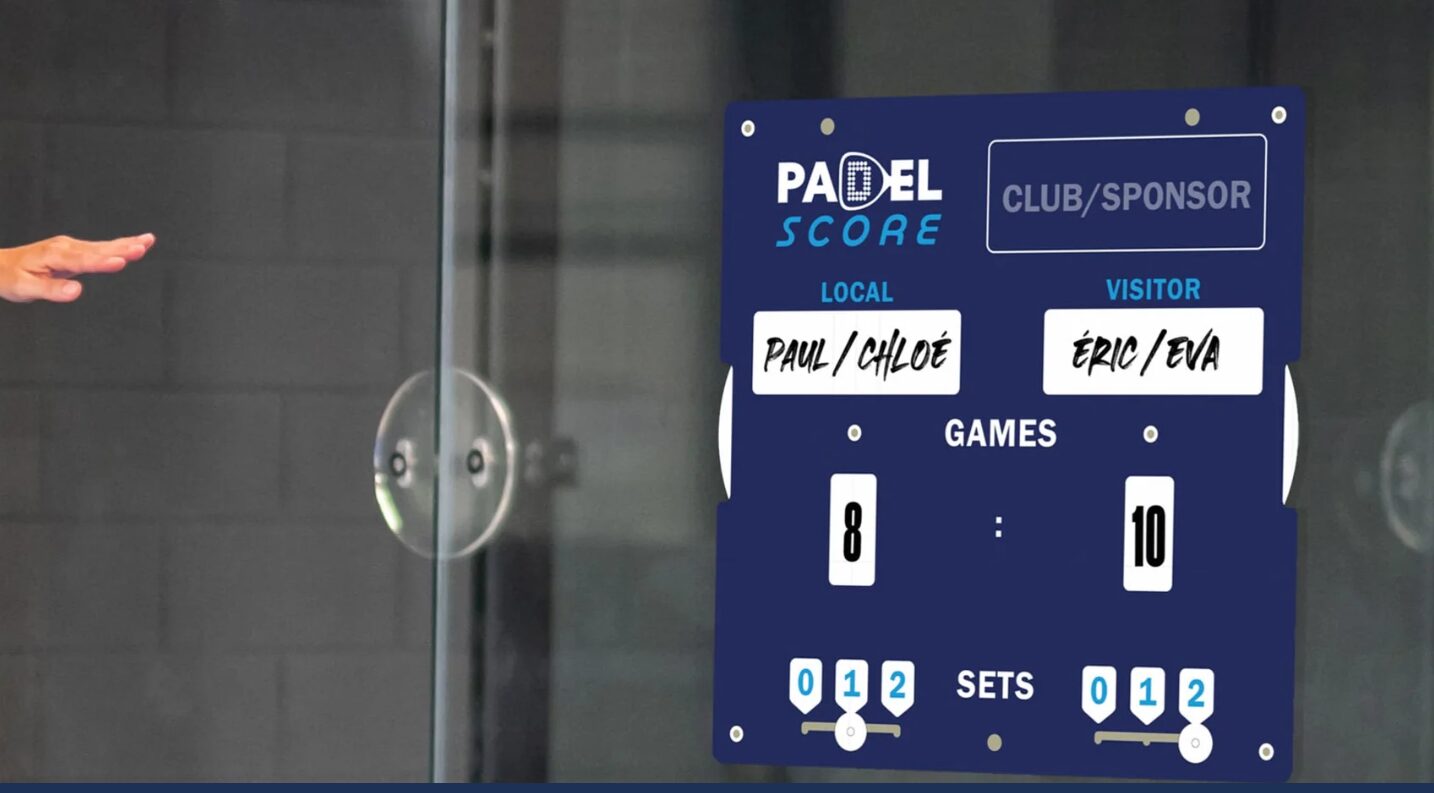 Padel Score: an essential table for keeping score
Padel Score: an essential table for keeping score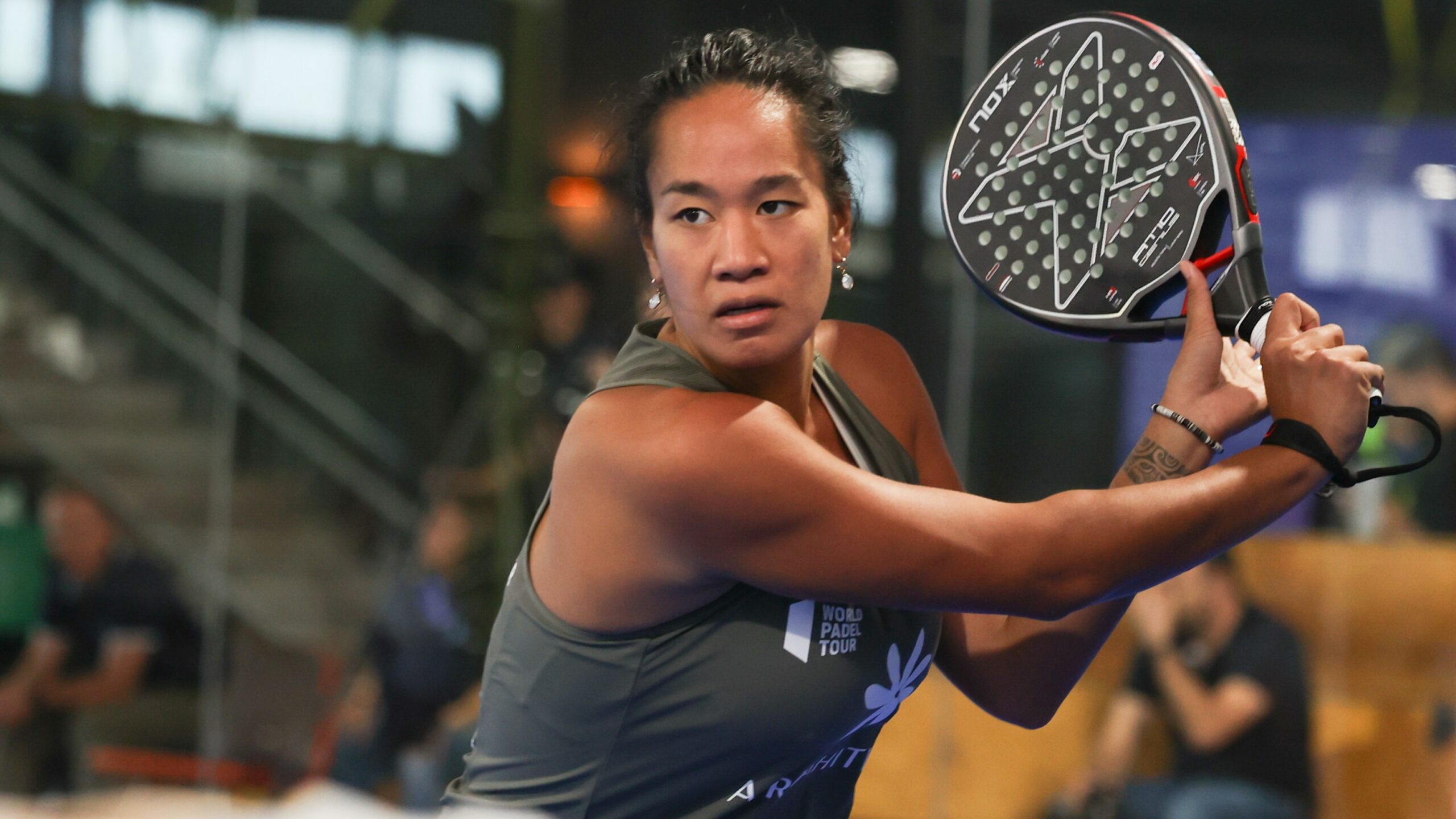 Léa Godallier makes her big return to the slopes this weekend
Léa Godallier makes her big return to the slopes this weekend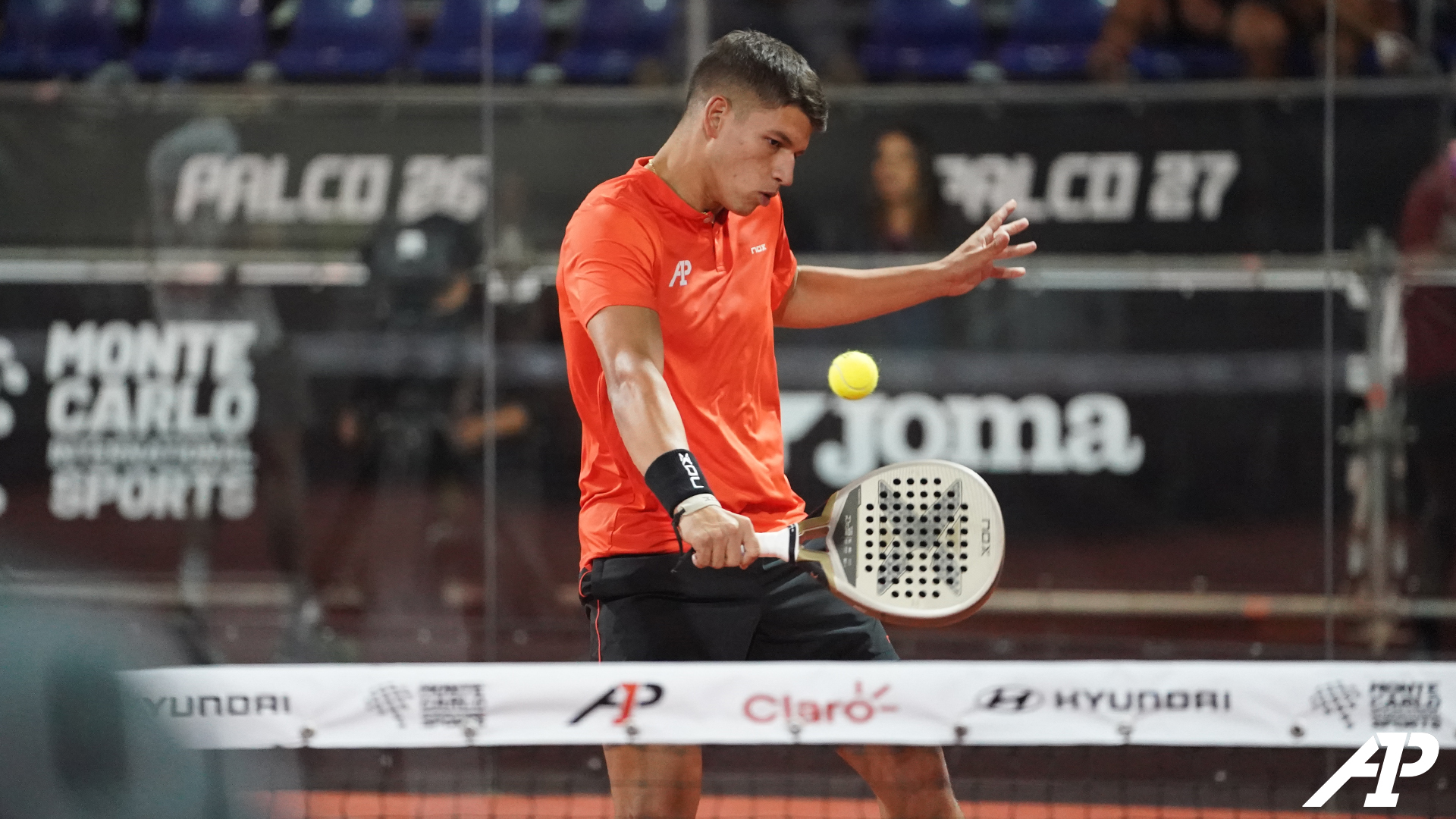 Martin Abud joins Team Nox
Martin Abud joins Team Nox José Manuel Escin at the inauguration of Casa Padel DOS: “Finally, and thank you!”
José Manuel Escin at the inauguration of Casa Padel DOS: “Finally, and thank you!” Padel Score comes to Tahiti for American Express Padel Cup!
Padel Score comes to Tahiti for American Express Padel Cup! Do you know the Rafa Nadal Academy Tour?
Do you know the Rafa Nadal Academy Tour? Play at padel on his yacht? Possible for €233.000!
Play at padel on his yacht? Possible for €233.000! The score at padel : manual
The score at padel : manual Our Top 10 training courses padel in France and Europe
Our Top 10 training courses padel in France and Europe At the heart of padel – Episode 25: Paul and Andoni answer your questions
At the heart of padel – Episode 25: Paul and Andoni answer your questions At the heart of padel – Episode 23: defend the window well
At the heart of padel – Episode 23: defend the window well Prohibition on playing topless Padel : the reasons
Prohibition on playing topless Padel : the reasons FIP Tour – Going far from Europe, THE strategy to earn points!
FIP Tour – Going far from Europe, THE strategy to earn points! What is a good football player? padel ?
What is a good football player? padel ? “Lefties give me headaches when I play against them!”
“Lefties give me headaches when I play against them!” At the heart of padel – Episode 14: how to earn points in winter?
At the heart of padel – Episode 14: how to earn points in winter? The basic tactics of padel
The basic tactics of padel A par 4 is always a winner...even if you manage to defend it!
A par 4 is always a winner...even if you manage to defend it! Carbon fiber VS fiberglass: what to choose?
Carbon fiber VS fiberglass: what to choose? How to effectively test a racket padel ?
How to effectively test a racket padel ? La padel to fight Parkinson's disease
La padel to fight Parkinson's disease Don't play with a cracked or broken racket, your body will thank you!
Don't play with a cracked or broken racket, your body will thank you! Michel Cymes: “The padel, physically, it’s serious!”
Michel Cymes: “The padel, physically, it’s serious!” Jeremy Gala: “Promote the padel among young people in Belgium remains a challenge”
Jeremy Gala: “Promote the padel among young people in Belgium remains a challenge” The French Touch Academy organizes its selection day Padel-Study
The French Touch Academy organizes its selection day Padel-Study Report on the detection and training of younger generations
Report on the detection and training of younger generations